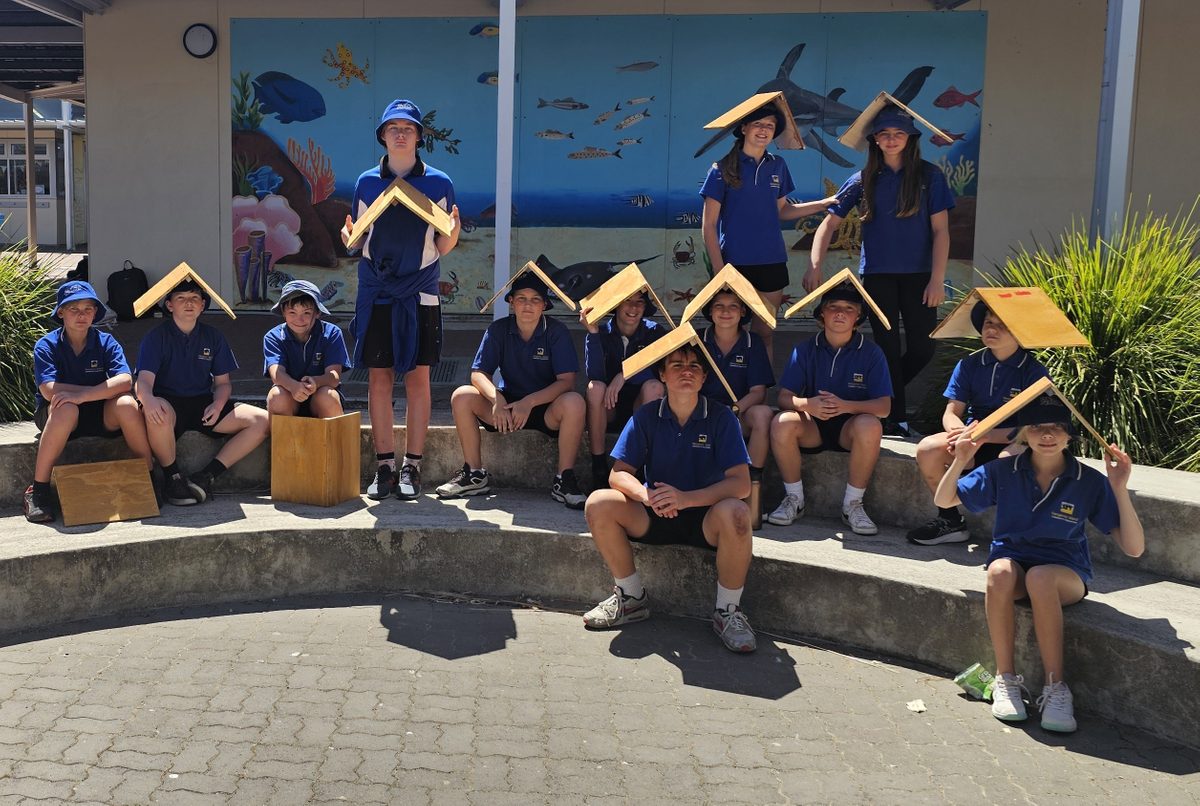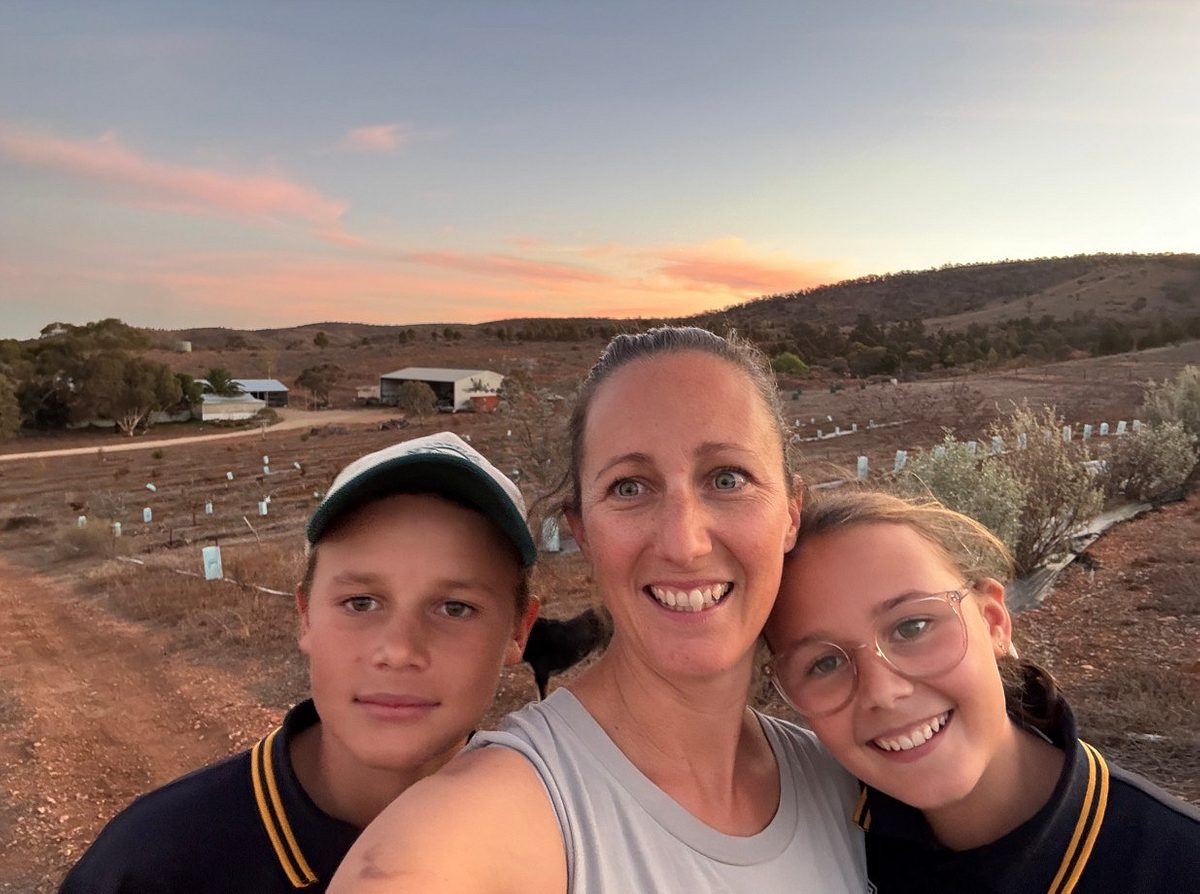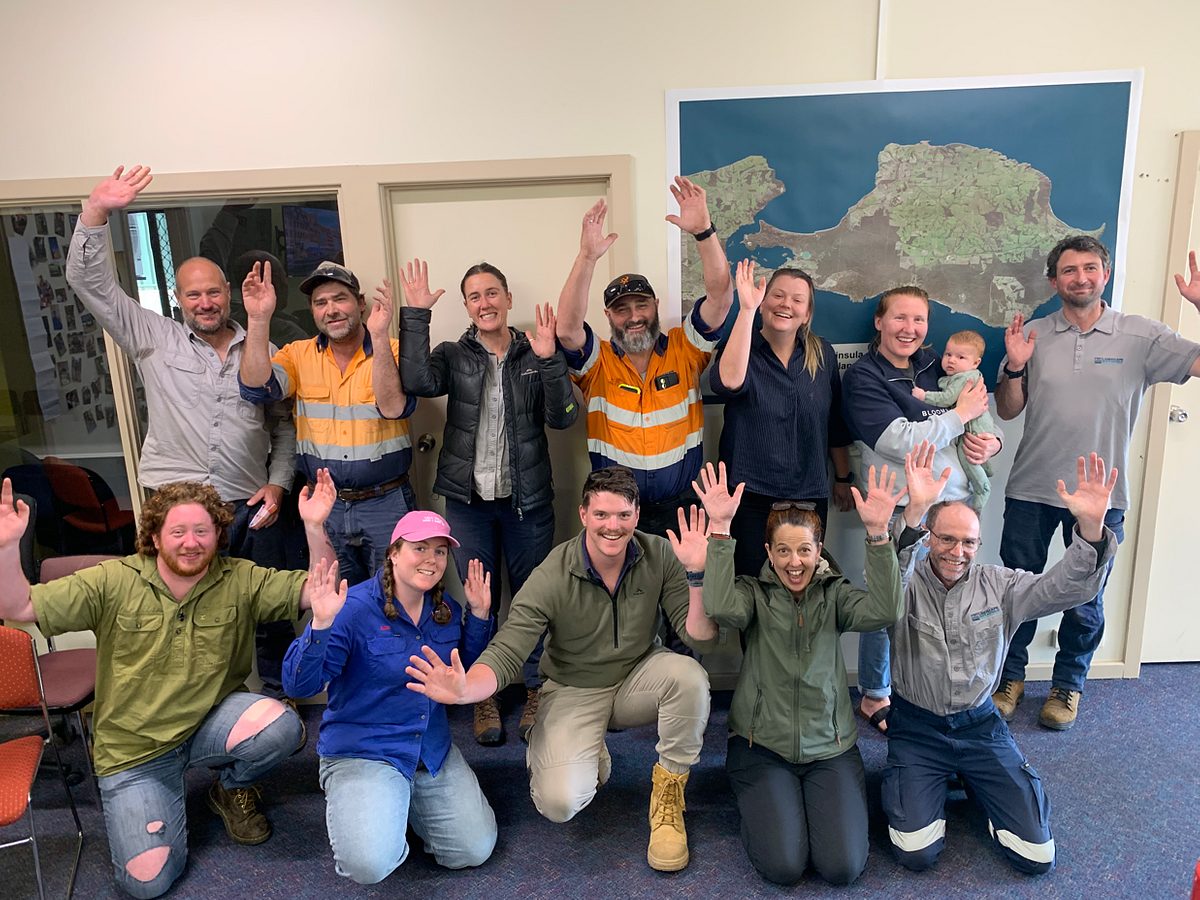Students step up to shelter vulnerable shorebirds
Refuge shelters constructed by local school students are providing essential shelter for the Hooded Plover chicks on Kangaroo Island as the breeding season approaches over spring.

The hooded plover (Thinornis cucullatus cucullatus), easily recognised by its distinctive black "hood," is a small beach-nesting bird that breeds along Kangaroo Island's shores between August and March.
Nationally listed as vulnerable to extinction, this species faces an uphill battle against habitat loss, extreme weather, predators, and human disturbance.
In April this year, the Kangaroo Island Landscape Board(the Board) joined forces with the Year 7/8 Environmental Technology class at Kangaroo Island Community Education's (KICE) Kingscote campus to take action.
Together, they constructed a set of chick shelters. These A-frame protective structures will be installed on the island's Hoodie nesting beaches during the next breeding season when chicks hatch.
The shelters, developed to specifications outlined by BirdLife Australia, are designed to give vulnerable chicks extra protection after hatching. Providing refuge from heat, wind, rain, and predators, the shelters mimic natural cover in an environment where shelter from coastal vegetation, driftwood and seaweed wrack may be limited.
"Newly hatched hooded plover chicks are about the size of a 50-cent coin, and vulnerable to predation, trampling and starvation", said Alex Comino, Coastal Officer at the Kangaroo Island Landscape Board.

"With more extreme heat days, these temporary structures are an important tool to improve their chances of fledging or starting to fly," she said.
"It takes five weeks to fledge, and chicks spend this time running between the shoreline where they feed, and the dunes where they escape predators, disturbance and seek shade."
The opportunity to build the shelters was made possible the Board’s Environmental Education Coordinator role which strives to connect KICE with meaningful community projects.
The collaboration not only contributes to species conservation but also serves as a powerful learning experience for students.
"Working on the hooded plover chick shelters was incredibly rewarding," said Lemberry Koutlakis, Environmental Technology teacher at Kangaroo Island Community Education.
"It allowed students to see how their skills can directly support real-world environmental challenges. Their enthusiasm and dedication were inspiring."
Alex Comino agrees: "Engaging with the local school community has been an important step in raising awareness about the plight of the hooded plover."
The public can also play a role in protecting these birds:
Keep your distance from nesting sites, especially those signposted or fenced off.
Walk along the water's edge and keep dogs leashed.
If driving on beaches, stick to the speed limit and stay close to the shoreline.
To learn more about how you can help the hooded plover, visit BirdLife Australia's profile on the species.



